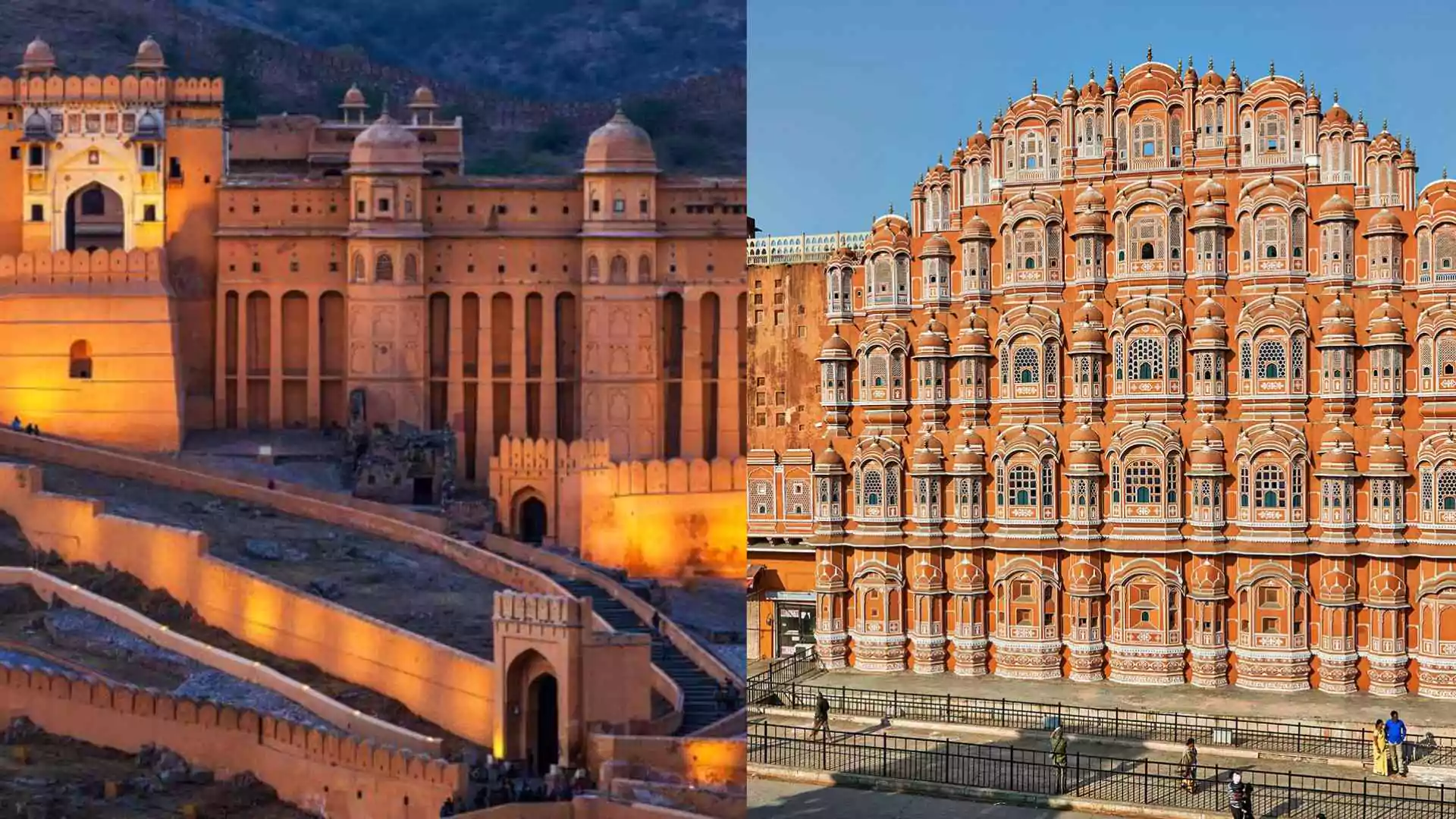India’s Chandrayaan-3 air spacecraft has moved closer to the Moon’s surface and it has reduced the orbit by 174 km x 1437 km, ISRO revealed. Now, it will conduct another major manoeuvre on August 14, which will take the spacecraft even closer to the moon. Along with India’s Moon mission, Russia is now set to launch its Lunar mission. This will happen tomorrow, August 11, and it will be the country’s first attempt after 45 years. Experts believe that both may well have similar landing days.
Chandrayaan-3 and Luna 25’s Landing dates
India’s Chandrayaan-3 and Luna-25 are planning to land on the south pole location of the Moon because scientists have a notion that the area might consist of unique and important quantities of ice which can be later used to extract fuel and oxygen along with drinking water. However, landing in the area is not easy due to the rough terrain.
Russia’s Luna-25 will launch from Vostochny Cosmodrome 3,450 miles (5,550 km) east of Moscow tomorrow and will take five days to fly to the moon. It will spend 7 days in the moon’s orbit as per Reuters reports. Now, the Chandrayaan-3 spacecraft is set to land on the Moon’s surface on August 23 which may also clash with the landing date of Russia’s spacecraft.
Will the interaction of two spacecraft cause problems?
Roscosmos has said clearly that the two spacecraft will not get in each other’s way as both have different landing areas. Reuters quoted, “There is no danger that they interfere with each other or collide. There is enough space for everyone on the moon.”
Specifications
India’s Chandrayaan-3 Lander is responsible for the soft landing of the Moon. It is box-shaped, with four landing legs and four landing thrusters of 800 newtons each. It will be carrying the rover and various scientific instruments to perform in-site analysis. Additionally, the lander for the Chandrayaan-3 will have only four throttle-able engines, it will be equipped with a Laser Doppler Velocimeter (LDV).
India’s Chandrayaan-3 Rover is equipped with a Six-wheeled design, has a weight of 26 kilograms (57 pounds), a Range of 500 metres (1,600 ft), Dimensions : 917 millimetres (3.009 ft) x 750 millimetres (2.46 ft) x 397 millimetres (1.302 ft), Scientific instruments including cameras, spectrometers, and a drill, an expected lifespan of one lunar day (14 Earth days) and communication with the lander and ground control team in India.
Russia’s Luna-25 is a lander only with a primary mission of proving out the landing technology. The mission will carry 30 kg (66 lb) of scientific instruments, including a robotic arm for soil samples and possible drilling hardware. The lander will feature a 30 kg (66lb) payload composed by 9 notional science instruments; ADRON-LR, ARIES-L, LASMA-LR, LIS-TV-RPM, PmL, THERMO-L, STS-L, BUNI, Laser retroreflector, Moon Libration, and ranging experiments.
Objectives
ISRO has set three main objectives for the Chandrayaan-3 mission, which include:
- Getting a lander to land safely and softly on the surface of the Moon.
- Observing and demonstrating the rover’s loitering capabilities on the Moon.
- In-site observation & conducting experiments on the materials available on the lunar surface to better understand composition of the Moon.
Russia’s Luna 25 is a lander only, with a primary mission of proving out the landing technology. The mission will carry 30 kg (66 lb) of scientific instruments, including a robotic arm for soil samples and possible drilling hardware.
Also Read: Monsoon Session: PM Modi Set to Address Lok Sabha in Response to No-Confidence Motion
Catch all the Latest Business News, Breaking News Events and Latest News Updates on NewsX)






















